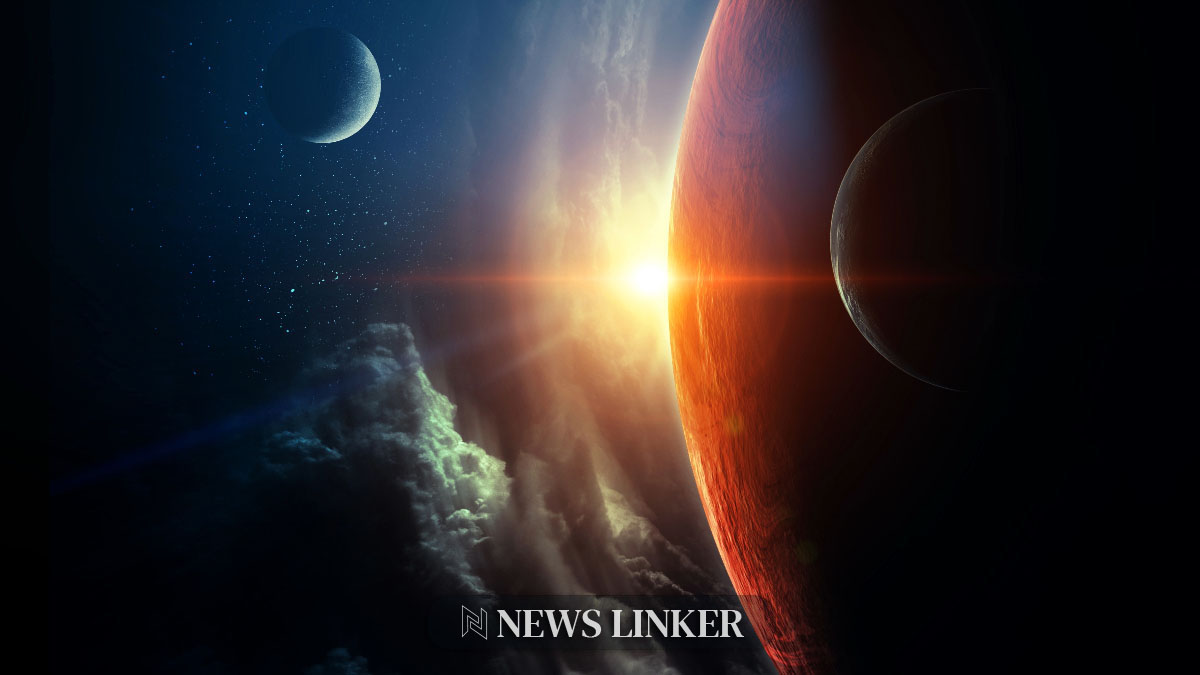NASA’s Hubble Space Telescope has captured a remarkable image of galaxy ESO 245-5, a collection of stars that appears as a nebulous cloud without a definitive shape. The image reveals a galaxy so densely populated with stars that it may not be immediately recognized as a galaxy. Unlike the structured spiral galaxies commonly associated with Hubble’s images, ESO 245-5 lacks distinct features such as spiral arms.
Key Characteristics of ESO 245-5
Classified by the De Vaucouleurs system as an IB(s)m galaxy, ESO 245-5 is characterized by its irregular shape and absence of an ordered structure. It does, however, boast a barred center, marked by a dense line of stars, and a hint of spiral form. ESO 245-5’s resemblance to the Large and Small Magellanic Clouds, the Milky Way’s satellite galaxies, is noted by the ‘m’ in its classification. Positioned in the Phoenix constellation, this galaxy is relatively close to our own, lying about 15 million light-years away from Earth.
Image and Contact Information
The breathtaking visualization of ESO 245-5 was credited to the combined efforts of ESA/Hubble and NASA, with specific acknowledgment to M. Messa for the image. Those interested in obtaining the image or seeking further details can reach out to Claire Andreoli at NASA’s Goddard Space Flight Center in Greenbelt, MD, via email.
This discovery is yet another testament to the invaluable contributions of the Hubble Space Telescope to our understanding of the cosmos. As an instrument that has revolutionized astronomical observation, Hubble continues to provide insights into the vast and varied galaxy population that inhabits our universe.
For astronomers and space enthusiasts alike, the image of ESO 245-5 enhances our appreciation of the complexity and diversity present among galaxies. It also serves as a reminder of the ongoing mission to explore and understand the cosmos, a mission that telescopes like Hubble have made possible.
The clarity and depth of the image underscore the technological prowess of the Hubble Space Telescope and its enduring role in space exploration. As the telescope peers into distant corners of the universe, it continues to reveal the hidden beauty and mystery of galaxies far beyond our own.










